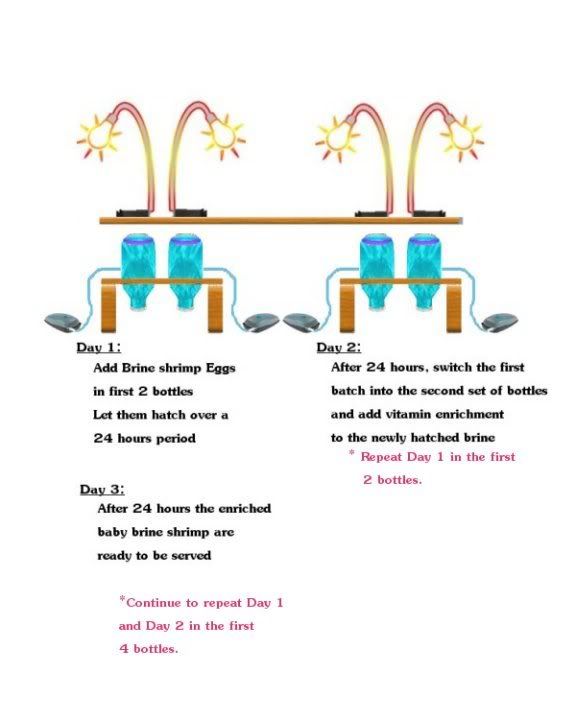Originally Posted by
TeresaQ
http:///forum/post/2986978
well, I dont think as many survive in the wild as we may think. Think about how many babies they have. anywhere from 50 to 250 plus. now think about how many are in any one given area. if all were to live they would overrun an area. I have been told if even on lives to adult hood I am successful. I have also been told by a couple of breeders that 10 percent is a good batch. Well 10 percent of this batch would be 8. If I could get 8 to the eatting frozen stage it would be fantastic. If I can get one to this stage I will be happy
I think there are so many things missing from their diet in captivity. All the larvel fish, shrimp and crabs that the fry eat. One would have to have tanks of these things breeding just to feed their fry to duplicate the wild.
T
Hi Teresa,
I've be mulling all these problems over and over again. I came up with a few new questions.
~To set aside the water quality problems, I'm making the assumption, do to our experience, that our water qualities are good all across the board.~
Why is it so hard to raise Horse babies V.S. pony babies? If I understand correctly, the pony fry are much larger when born. Hence why the ponies have only 14-18 fry compared to 500 plus for horses. But I still think that the nutrition is the main problem. I have successfully raised over 20 batches of pony fry. My mature male averaged 14 fry each batch. In the beginning during the first 3 days. I lost an average of 2-5 fry each batch. As my BBS hatching techniques improved, so did the survival rate of the fry. I learned how to harvest and gut load the BBS much faster so the BBS size was easier for the new fry to snick in.
If my ponies thrive on gut load BBS, why not your horse fry? Currently I am loosing the survival battle with my Blueberry gorg due to nutrition. No matter what or how much I feed it, it continues to decline.
In the wild seahorses prefer lagoons, heavily planted, shallow areas. Shallow seawater is teaming with food. When wild seahorses eat "wild" food sources these prey items would be carrying some if not many types of parasites. From day one they would be building their immune system. Most, if not all ponies are collected from the wild. Once collected the Breeders quarantine them, keep some for breeding, and sell the rest. All of the wild collected ponies would have a mature immune system, which they would pass on to their offspring.
We purchase captive bred seahorses that have been raised in a sterile environment. Some of the corals or fish I have in my tanks have come from the ocean. Quarantined or not, these animals will still carry some parasites, bacteria, and viral infections into the DT that will be exposed to our tank bred horses.
Is it possible the problem is the sterile environment we raise the fry in causing our problems? Food is only available when we feed them. In the wild most seahorse fry live in a warm, green soup teaming with all sorts of tasty pods etc. They wouldn't have to move at all to eat. This is were their camouflage would keep them safe.
Is keeping our seahorses in a "bubble" causing more harm then good?
If we are feeding our seahorses quality enriched food, why are they suffering/dieing?
I am 200% sure when I purchase my ponies that I can successfully care for them and enjoy watching them flourish. I am willing to try keeping horses, but I only have a 10-20% confidence for success rate.
What are we missing?
~Rykna






